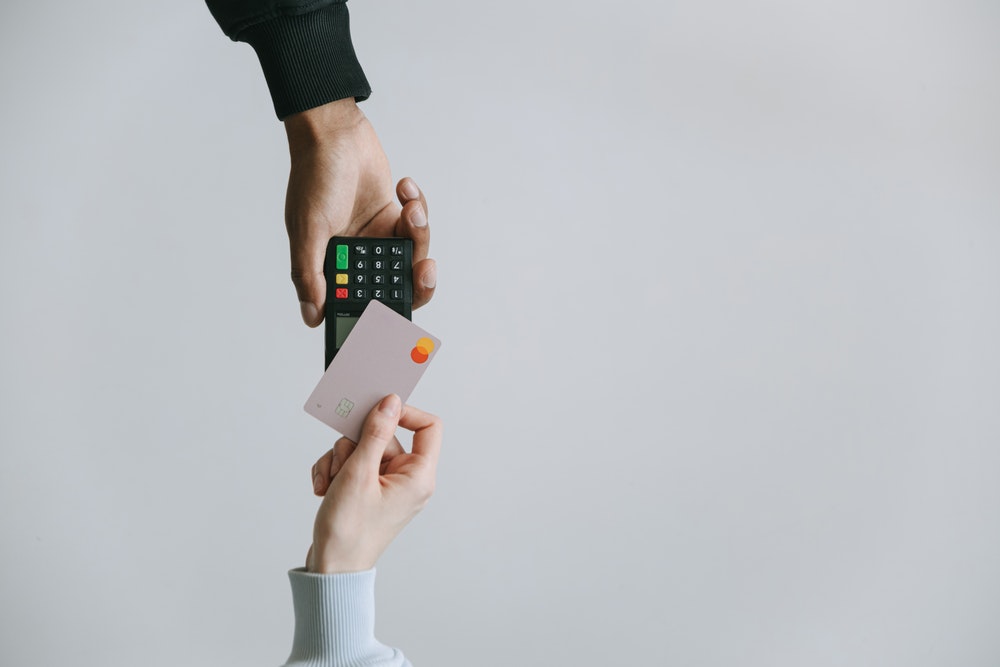The rates of identity theft and cybercrime continue to rise. According to the Insurance Information Institute, nearly half of Americans experienced financial identity theft in 2020. The total amount lost due to these actions is $700 billion.
Currently, there’s no surefire way to eliminate this form of cybercrime. However, there are ways to minimize its effects. Not only for your personal finances but those of your family as well. Here are 6 ways you can secure your payment info.
1. Go Virtual
Theft doesn’t require someone taking a physical debit or credit card. Cybercriminals have the power to collect PINs and utilize them to withdraw funds from your accounts. Reduce this risk by going virtual.
For example, consider a non-physical credit card. A virtual credit card app is available by many physical and digital financial institutions. Companies like Otto protect the information in these applications through layers of encryption. Therefore, your account numbers and available funds can’t be viewed as well by cybercriminals.
2. Multi-Factor Authentication
The concept of multi-factor authentication (MFA) is to ensure an extra layer of security is added to your financial transactions. It does one better than a password. It delivers a random code to you for extra verification.
Normally, this is done via a text message to your phone or another smart device. Cybercriminals can only obtain this always-changing PIN by physically accessing the mobile phone or tablet. Therefore, MFA is quite secure.
3. Automatic Billing
Though technology has resulted in financial identity theft it’s also a home for secure payment methods. One of these removes the unsecured login method of manually paying bills each month. Instead, it’s performed through automatic billing.
Usually, this is done by providing an organization with your card number or routing/account information. As this is encrypted by the pay platform, the risk of theft is greatly minimized. When you accept the terms, payment comes out automatically each month. It avoids the potential of a cybercriminal viewing your login information.
4. ACH Payments
Automatic Clearing House (ACH) payments are similar to direct debit or credit. They permit funds from your account to be automatically transferred to another. This is a process normally done with investment transactions, but it also applies to other types of banking.
Encryption is a huge part of ACH. In addition, the process behind it implements access controls. In other words, MFA and other means clearly verify you are who you are. If it detects potential fraud, it blocks the account for further investigation.
5. EMV Chip Technology
Short for Europay, MasterCard, and Visa, EMV chip technology goes beyond the PIN and signature forms commonly utilized. They don’t have a magnetic stripe on the back that records pertinent data. Instead, everything is done on a microchip.
Thus, you no longer swipe a card at the store or other location to enact a payment. Rather, it has a unique code that lets a machine know you’re a verified customer. Because EMV cards are designed with security in mind, they are tough to crack.
6. Contactless Payment
Contactless payment is a feature within EMV technology. Instead of swiping a card or plugging it into a machine for verification, you hold the card in front of a terminal. In turn, it receives a one-time encrypted transaction code.
Like EMV or even MFA, it’s tough to break through contactless payment. The main reason is the code rapidly changes. Even if a transaction fails for some reason, the encrypted combination doesn’t remain the same. It’s quickly switched in preparation for another transaction.
The 6 ways mentioned above are not the only methods to secure your payment info. Though you have all of these items at your fingertips, the primary way to protect your finances is through vigilance. No matter how busy you are, no matter how frantic things are around you, you can’t be distracted.
Before you start a transaction ensure you aren’t being watched. Shoulder surfing, the act of someone seeing your access to a bank or other financial institution, is a major way for cybercriminals to obtain your information. Don’t address these in a public space. Instead, make sure your physical and digital privacy are both secured before you proceed.
